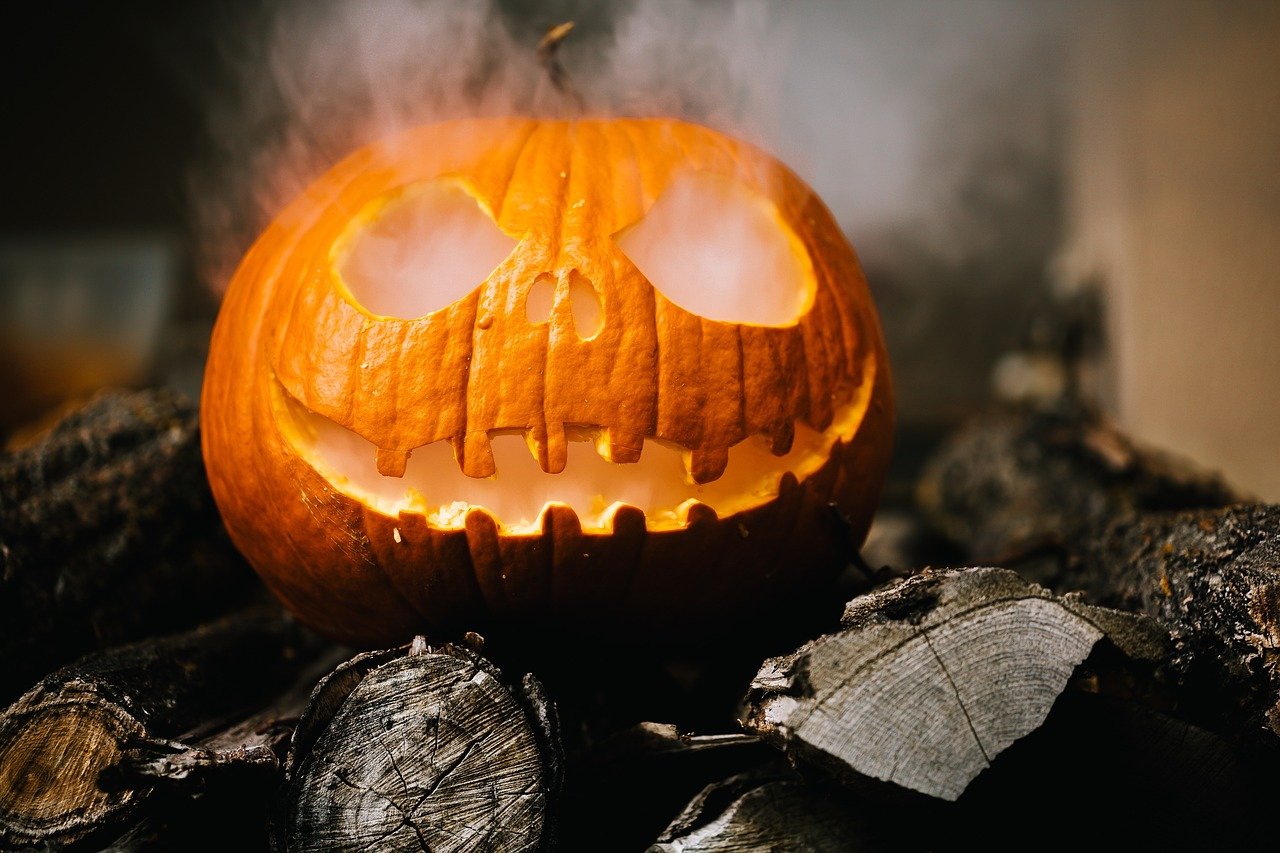Halloween is synonymous with creatively-carved large pumpkins and visitation to all neighbors in order to be rewarded with candy.
The Irish population from America was the first to introduce this festival to the masses and many cultures globally followed suit. The origin of Halloween is really much knottier than conventional perception.
A blend of Christianity and Paganism, this Celtic holiday represents the Samhain (pronounced as Sah-ween) festival. Samhain is celebrated in order to commemorate loved ones that have passed on. The Celtics believe that during Samhain, the spiritual portal is unlocked and the souls of the dead are capable of fusing with the living.
This belief also indicates that all souls, no matter good or evil are expected to be present on the three days of Samhain, from the 31st of October to the 2nd of November. In order to protect themselves the people wore masks and pretended to be one of the demons in order to confuse the evil spirits because it is believed that the demons would be terrified at looking upon their own reflections.
The tradition of making gigantic lanterns out of turnips and beets was replaced with a pumpkin because the Irish emigrants to America during the potato famine simply could not locate any beets.
Other than that, the reason why people generally dress up as witches and other creepy alter egos is that they are meant to scare away the evil spirits that may be roaming around during Halloween.
The trick-or-treat tradition began a long time ago when in Ireland, little boys would dress up in grisly attires and knock on doors to receive small presents during this day.
Little boys are allowed to be a little wayward from the typical conduct as any mischief will be blamed on evil spirits on that day. However, in modern times, Halloween could connote danger when an unfriendly neighbor’s house might risk being decorated distastefully in toilet paper!

